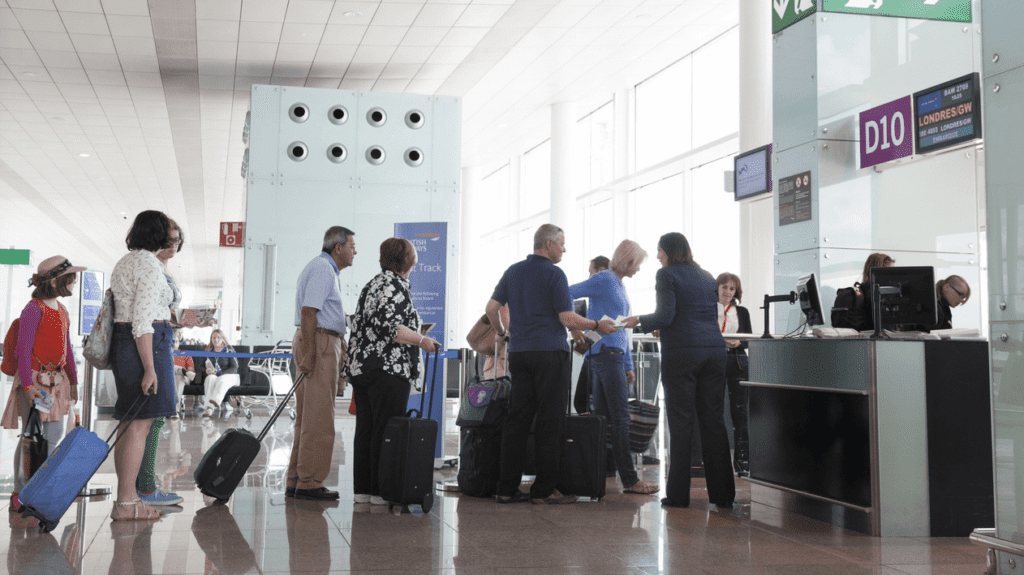We all know that putting stuff in the overhead is the slowest part of getting everyone loaded into and settled onto the plane. On top of that, more and more people are bringing as much carry-on baggage as possible in an attempt to avoid baggage fees. Airlines, in turn, are sometimes limiting who can bring what carry on bags intended for the overhead. I’ve already experienced this with Delta (when they wound up breaking something I had in my carry on bag that they insisted I check at the gate). I’d also bet you anything it was the same thing with the surly gate agents I experienced on American (this one and then this one) who tried to make me gate check my carry on bag.
However, a reader of ours recently told me how he and his wife rarely have to gate check their carry on baggage, regardless of airline or what loading group they’re in.
It’s admittedly not the reason you would want to not have to gate check your bag. But if you’re traveling with essential medication or medical equipment that you must (or really want) to have near you at all times (or not worry that it’ll be lost, or that something will be broken), telling that to the gate agent might be enough to allow you to keep your carry on bag with you.
So let’s say you have a CPAP, breast pump, large quantity of meds (generally more than just bottles. I mean vials and syringes), IV bags, nebulizer, a spare oxygen concentrator, ventilator, respirator, home dialysis equipment, etc. You know, stuff that should always be in your carry on luggage, not your checked bags. If you’re requested to gate check the carry on, let the gate agent know that you have urgent and important medical equipment in that bag and can’t risk checking it for medical safety reasons. You might get out of having to check it.
As our reader wrote, “Generally, the issue I have to not gate-check something that would be terribly inconvenient (or catastrophic) to not have arrived with you.”
A few things to keep in mind:
- This probably wouldn’t work for something small that would fit in your handbag (i.e. I have an asthma inhaler that’s about 3.5″ x 1″ x 1.5″ – I wouldn’t try this technique with something so small).
- Depending on the airline, some medical equipment can be brought into the cabin as a bag above and beyond your regular carry on. This means that if your CPAP is in its own bag, you could technically be asked to remove it from your carry on luggage and keep it with you, while gate checking the luggage.
- There nothing stopping the gate agent from being a pill. An example is here.
- As always, it’s best to know what your carrier says about flying with assistive devices, medical equipment and medications. A quick search for NAME OF AIRLINE and ASSISTIVE DEVICES (or MEDICAL EQUIPMENT or MEDICATION) should be able to help
There’s no guarantee that this technique will work – as always, it all depends on the gate agent, how full that overhead actually is, etc. But it might work. And since you should always pack with the plan to keep all medications and medical equipment in carry-on bags anyway, it’s worth a shot to pack accordingly anyway.
*** Our thanks to Jonathan B. for sharing his experiences with us
Want to comment on this post? Great! Read this first to help ensure it gets approved.
Want to sponsor a post, write something for Your Mileage May Vary or put ads on our site? Click here for more info.
Like this post? Please share it! We have plenty more just like it and would love it if you decided to hang around and sign up to get emailed notifications of when we post.
Whether you’ve read our articles before or this is the first time you’re stopping by, we’re really glad you’re here and hope you come back to visit again!
This post first appeared on Your Mileage May Vary
Join our mailing list to receive the latest news and updates from our team.

